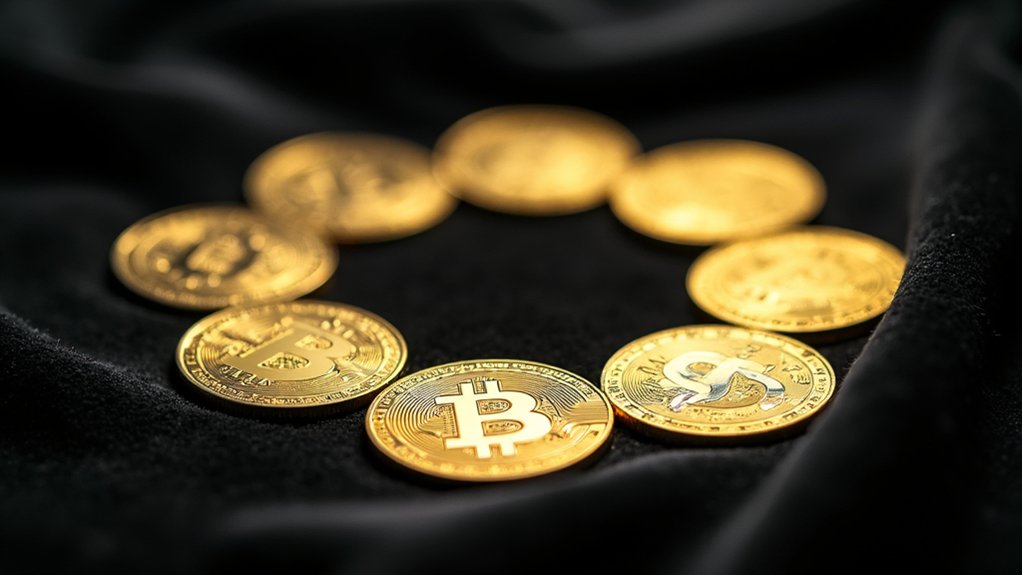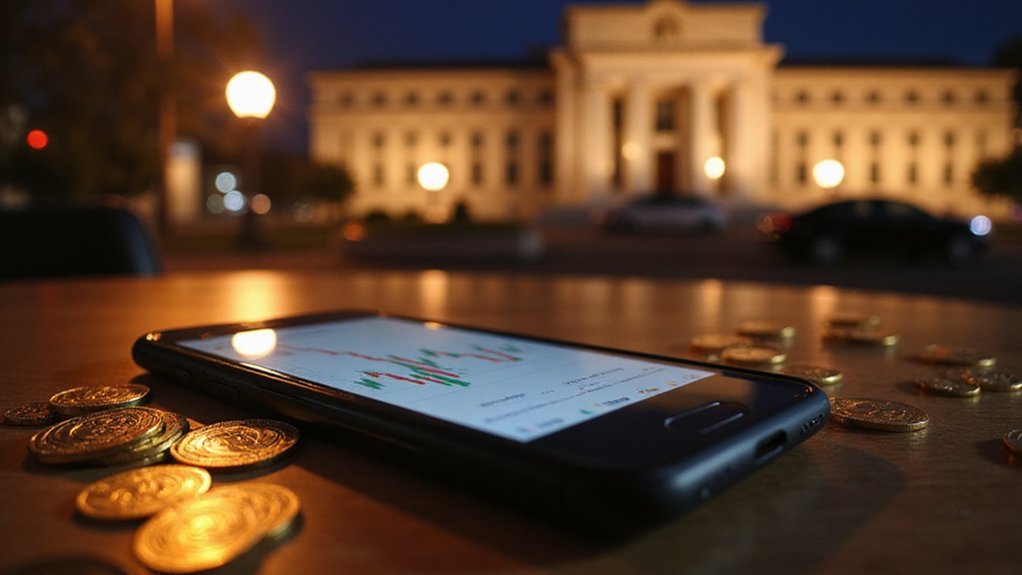In an era where meme coins command $76 billion in market capitalization—a figure that would have seemed preposterous to traditional finance practitioners just a decade ago—TOKEN6900 has emerged as the latest contender vying for retail investor attention through its structured presale approach.
The project’s 30-stage fundraising mechanism, launched in June 2025 with a scheduled conclusion on August 29, has accumulated over $2.6 million against a $5 million hard cap, demonstrating the peculiar resilience of speculative appetite even amid traditional market uncertainties.
The tokenomics reveal a rejuvenating transparent approach for this asset class: 80% of the approximately 931 million token supply flows directly to public participants, eschewing the venture capital allocations that typically characterize more “serious” cryptocurrency projects.
Token pricing escalated incrementally from $0.0064 to $0.007125, creating artificial scarcity through what amounts to a sophisticated psychological pricing mechanism—one might call it behavioral economics applied to digital collectibles.
A masterclass in manufactured urgency—turning incremental price increases into perceived scarcity through carefully orchestrated psychological manipulation.
Perhaps most intriguingly, TOKEN6900 offers staking yields approaching 33% annually, with over 139 million tokens already committed to staking contracts. This participation rate suggests either remarkable community conviction or a collective understanding that immediate liquidity might prove… challenging.
The project’s liquidity provisions include a 12-month lock on 10% of supply, alongside planned token burns designed to enhance scarcity (because nothing says value preservation quite like deliberate destruction of inventory).
The timing appears fortuitous, coinciding with Bitcoin’s recent ascent beyond $128,000 and a meme coin sector experiencing 31% monthly growth.
TOKEN6900’s accessibility through multiple payment methods—ETH, BNB, USDT, USDC, and traditional fiat—removes technical barriers that might otherwise impede capital deployment.
The project’s expected initial decentralized exchange valuation of approximately $6 million suggests modest ambitions relative to sector benchmarks.
Yet this restraint might prove strategic, given that TOKEN6900 explicitly acknowledges its limited utility beyond staking rewards and community participation.
In a market where practical application often proves inversely correlated with speculative performance, such candor might paradoxically enhance investor confidence—a phenomenon that would surely perplex efficient market theorists.
Unlike traditional DeFi protocols that operate through smart contracts to eliminate intermediaries for services like lending and borrowing, TOKEN6900’s straightforward approach focuses primarily on speculative participation and community building.





